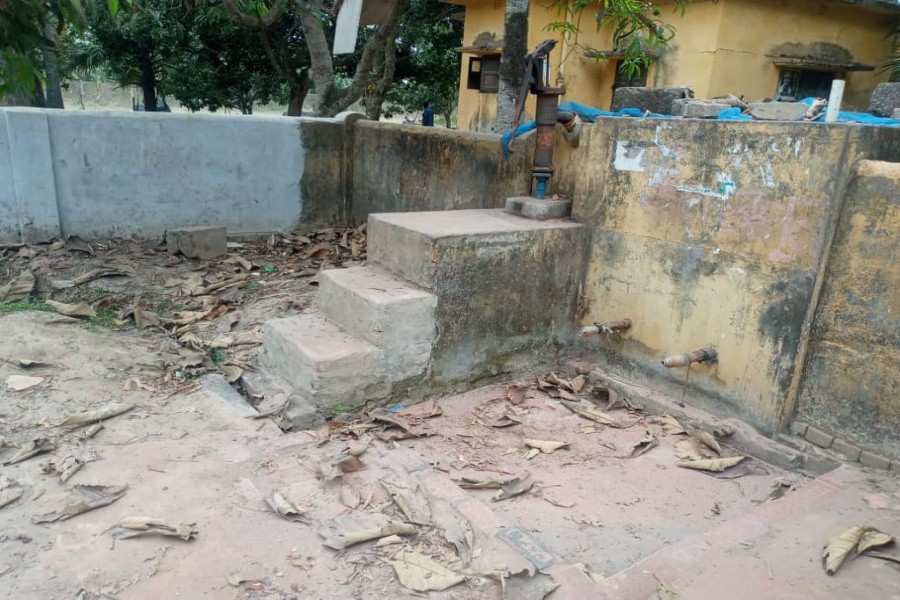Some 68.3 million people lack safely managed drinking water, while 103 million people lack safely managed sanitation facilities in Bangladesh, according to a new study by the WHO, UNICEF.
Meanwhile, billions of people around the world will be unable to access safely managed household drinking water, sanitation and hygiene services in 2030 unless the rate of progress quadruples, according to a new report from WHO and UNICEF.
The Joint Monitoring Programme (JMP) report – Progress on household drinking water, sanitation and hygiene 2000 – 2020.
It presents estimates on household access to safely managed drinking water, sanitation and hygiene services over the past five years, and assesses progress toward achieving the sixth sustainable development goal (SDG) to ‘Ensure availability and sustainable management of water and sanitation for all by 2030’.
For the first time, the report also presents emerging national data on menstrual health.
In 2020, around 1 in 4 people lacked safely managed drinking water in their homes and nearly half the world’s population lacked safely managed sanitation.
COVID-19 has highlighted the urgent need to ensure everyone can access good hand hygiene. At the onset of the pandemic, 3 in 10 people worldwide could not wash their hands with soap and water within their homes.
Handwashing is one of the most effective ways to prevent the spread of COVID-19 and other infectious diseases, yet millions of people across the world lack access to a reliable, safe supply of water,” said Dr Tedros Adhanom Ghebreyesus, WHO Director-General.
“Investment in water, sanitation and hygiene must be a global priority if we are to end this pandemic and build more resilient health systems.”
Some progress reported, but not enough, it added.
The report makes clear that, if current trends persist, billions of children and families will be left without critical, life-saving WASH services, stating that by 2030.
Only 81 per cent of the world’s population will have access to safe drinking water at home, leaving 1.6 billion without; Only 67 per cent will have safe sanitation services, leaving 2.8 billion without; And only 78 per cent will have basic handwashing facilities, leaving 1.9 billion without.
The report also notes vast inequalities with vulnerable children and families suffering the most.
To achieve universal access to safely managed drinking water by 2030, the current rate of progress in the Least Developed Countries would need to increase ten-fold. In fragile contexts, where people were twice as likely to lack safe drinking water, it would need to accelerate by a factor of 23.
@Even before the pandemic, millions of children and families were suffering without clean water, safe sanitation, and a place to wash their hands,” said UNICEF Executive Director Henrietta Fore. “Despite our impressive progress to date to scale-up these lifesaving services, the alarming and growing needs continue to outstrip our ability to respond. The time has come to dramatically accelerate our efforts to provide every child and family with the most basic needs for their health and well-being, including fighting off infectious diseases like COVID-19.”
Other key findings from the report include:
- 3 billion people did not have access to basic hygiene facilities. In Bangladesh, 61.7 million people did not have access to basic hygiene facilities representing close to 3 per cent of the global burden.
- Eight out of 10 people without basic water services lived in rural areas. Meanwhile, safely managed sanitation services reached 62 per cent of the world’s urban population, but only 44 per cent of its rural population.
- Sub-Saharan Africa is experiencing the slowest rate of progress in the world. Only 54 per cent of people used safe drinking water, and only 25 per cent in fragile contexts.
- Emerging data on menstrual health show that in many countries a significant proportion of women and girls are unable to meet menstrual health needs, with significant disparities in particular among vulnerable groups, such as the poor and those with disabilities.


